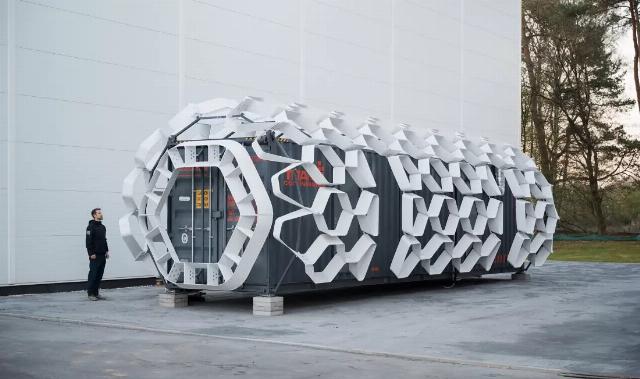
The space module
New generation space station projects are fundamentally changing the way we think about life beyond Earth. Instead of cramped utilitarian modules, the new generation of orbital dwellings offer convenience, visual appeal, and psychological comfort, which will be essential for long-duration missions and commercial space exploration. Architects and engineers are rethinking the approach to designing space housing, paying special attention not only to physical safety, but also to the psychological well-being of the crew.
Modern concepts provide spacious rooms with large portholes, improved lighting systems and soundproof cabins, while maintaining reliable protection from radiation and space debris. The key trend is the use of lightweight modular structures resembling quickly assembled mobile homes. Max Space, based at the Kennedy Space Center, has developed inflatable modules made of composite synthetic fabrics that are superior to traditional aluminum and steel structures in terms of strength and weight. This technology allows you to create multi-level living spaces, helping to solve psychological problems associated with prolonged stay in a closed environment.

The space module
The Alpha module from Max Space occupies the space of two suitcases in transport condition, but after deployment it offers 20 cubic meters of volume sufficient to accommodate three people. The larger 100 cubic meter version can accommodate up to ten people and is intended for both scientific research and commercial use. The non-profit Aurelia Institute from Cambridge is developing a modular habitat made of self-assembling hexagonal tiles forming a geodesic dome. In partnership with Axiom Space and with the support of NASA, the institute plans to test a smaller version of the system on the ISS as early as 2026. The European Space Agency is building a prototype of the FlexHAB lunar habitation module, which is currently being tested in Germany. Its design uses recycled wood waste for 3D printing of interior surfaces, cork handrails and individual soundproof capsules with personal air filtration systems. Special attention is paid to visual comfort: large portholes are now seen as a necessity rather than a luxury. For example, Vast has developed a one-meter-high observation window for its station to maintain crew morale.
Alexander Kozyrev
